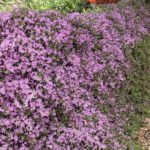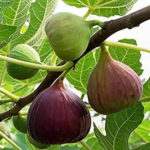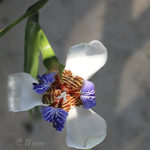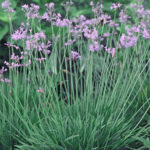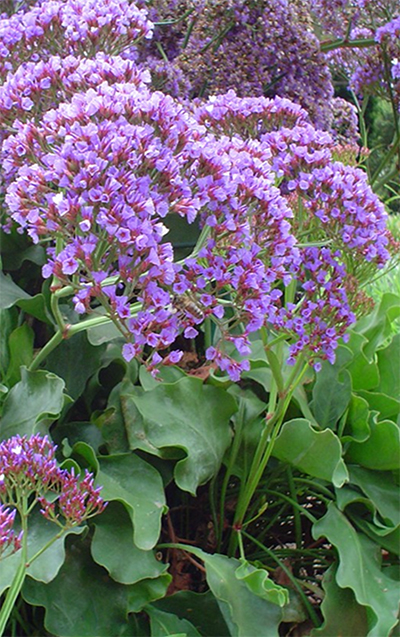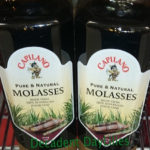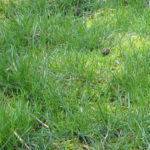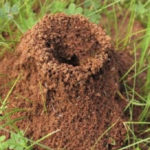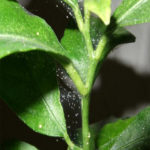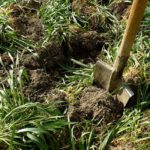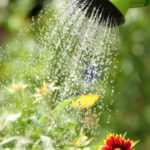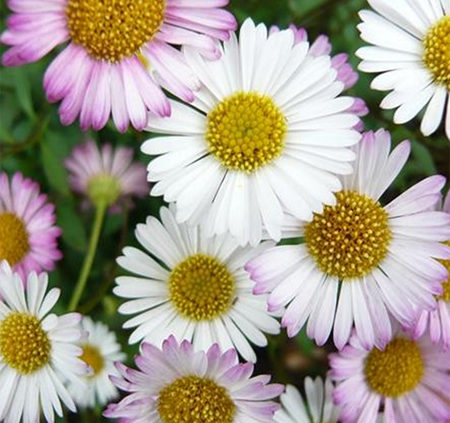
Seaside Daisy Planting Care
Seaside Daisy Plant Care Pruning And Propagation Guide
 Seaside daisy (Erigeron karvinskianus) other common names are beach asters and Mexican fleabane are hardy garden perennials belonging to the family Asteraceae. The plant is native to Mexico and highly resistant to wind and salty sprays. The low growing plants form a good ground cover in coastal areas. These are one of the traditional carefree cottage garden fillers seen everywhere. The plant grows to a height of 15-25 cm and spread about 30 to 90 cm. The foliage is greyish green and the plant blooms in large numbers of tiny little daisy flowers, that open pink and slowly fade to a white with age. There are plenty of fine daisy like petals arranged around the yellow coloured central disc. Giving a multi coloured shades of pinks with the two tone pink and white affect. The coloured flowers are produced at the same time on the one plant, all through the year. However, the plant cannot withstand an extreme cold snowy climate but will take many frosts. They are perfect to soften borders, around swimming pools or grown in containers, garden beds and in rockeries. In nature they will just pop up and appear anywhere where the seed has fallen that has been spread by wind, and landed between patio pavers or into a narrow crack of a brick wall, eventually the plant will descend down and soften the horizontal lines of the wall.
Seaside daisy (Erigeron karvinskianus) other common names are beach asters and Mexican fleabane are hardy garden perennials belonging to the family Asteraceae. The plant is native to Mexico and highly resistant to wind and salty sprays. The low growing plants form a good ground cover in coastal areas. These are one of the traditional carefree cottage garden fillers seen everywhere. The plant grows to a height of 15-25 cm and spread about 30 to 90 cm. The foliage is greyish green and the plant blooms in large numbers of tiny little daisy flowers, that open pink and slowly fade to a white with age. There are plenty of fine daisy like petals arranged around the yellow coloured central disc. Giving a multi coloured shades of pinks with the two tone pink and white affect. The coloured flowers are produced at the same time on the one plant, all through the year. However, the plant cannot withstand an extreme cold snowy climate but will take many frosts. They are perfect to soften borders, around swimming pools or grown in containers, garden beds and in rockeries. In nature they will just pop up and appear anywhere where the seed has fallen that has been spread by wind, and landed between patio pavers or into a narrow crack of a brick wall, eventually the plant will descend down and soften the horizontal lines of the wall.
Seaside Daisy Plant Care
This plant requires general care when planting – full sun and well draining soil for perfect growth and flowering. They can tolerate slightly shaded condition when grown in hot climates. The plant should be protected from the intense afternoon sun. During dry weather, you need to water the plant once in a week. Mulching the soil around the roots for about 3 inches helps retain moisture to keep the soil moist. The plant needs regular watering until it gets established. You can use slow release fertiliser while planting the daisy plant, otherwise, wait until the plant is stable enough and has settled in, then use a fertiliser that is low in nitrogen and high in phosphorus. Those fertilisers can be given, to perform once every three months. This will support root growth and continuous blooming. Seaside daisies do best in freely drained topsoil and they are generally pests and diseases free. You will need to divide the plant every 3 years to make them healthy and flowering.
Seaside Daisy Pruning
It is necessary to deadhead the wilted flowers to encourage extended blooming. The plant should be pruned and reduced by half in autumn to make the plant look compact and tidy. The plant will grow back quickly with lush green foliage before the coming winter. Blooms are produced more during the summer months. You can trim the plant in late summer if it grows leggy.
Seaside Daisy Propagation
Beach asters can be propagated easily using stem cuttings and seeds. It is very easy to get a divided root cutting from the plant. Replant the rooted cuttings to a new area in the garden or to containers, what ever suits you. It is better to attempt, what ever cutting propagation, during early spring or during late summer when the weather is not so hot.
You can also propagate the plant by division during early spring. Take out the whole clump using a spade. Carefully divide the clump into small clumps. Replant the smaller clumps in new spots after preparing the soil with some compost. Water them well till the plant produces new shoots. If you are looking for the plant variety, that will add colour to your coastal garden for a long period, and a plant which is easy to propagate and maintain, then you can select the seaside daisy.


